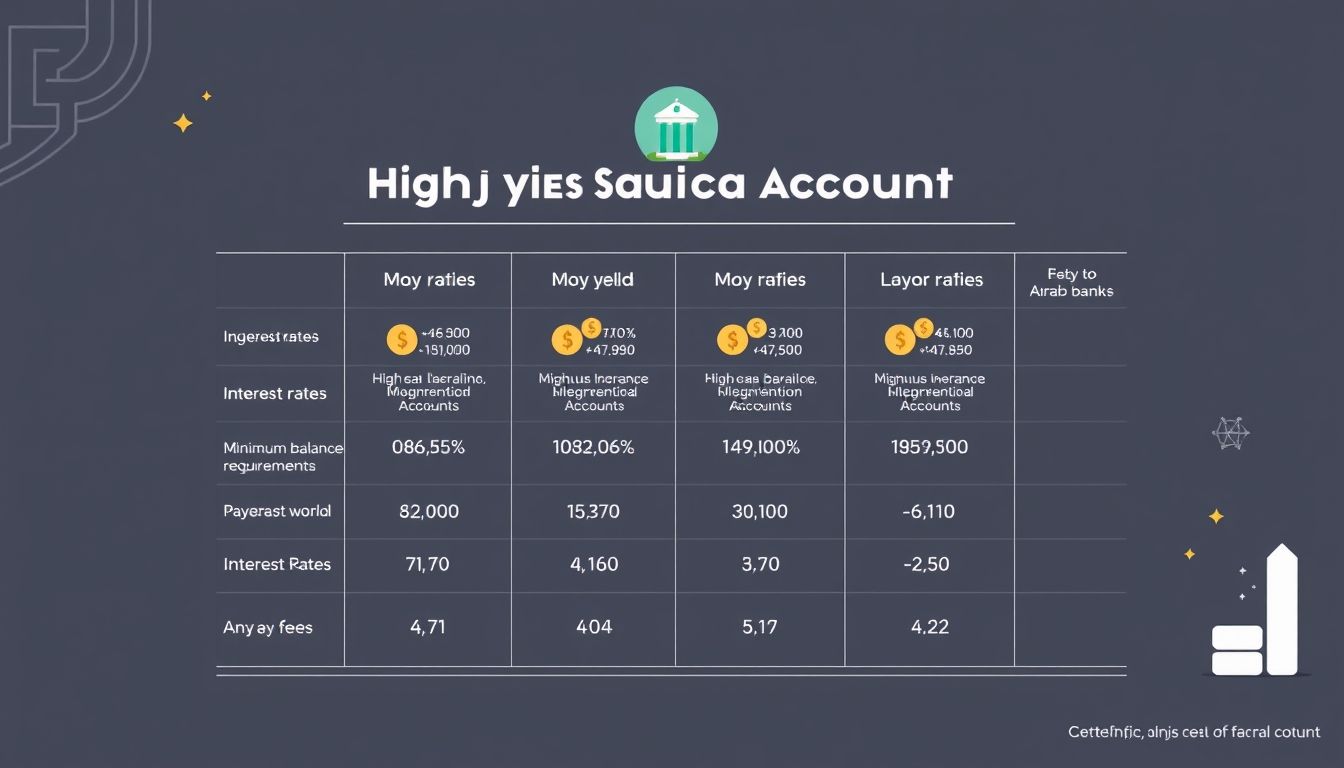Introduction: The Challenge of Multiple Installments and Saving Opportunities
In today's world, obtaining loans and financing has become an integral part of our lives. Whether it's mortgages, cars, education, or even consumer purchases, we often find ourselves committed to multiple monthly installments. This can be a significant challenge for managing personal budgets and achieving savings. However, having multiple installments does not necessarily mean giving in to financial pressures. On the contrary, it can be a motivation to develop smart and effective saving strategies.
This article aims to equip you with the tools and knowledge necessary to overcome the challenges of multiple monthly installments and turn them into opportunities for saving and achieving financial stability. We will review a variety of practical strategies, from analyzing the budget and setting priorities to negotiating with creditors and exploring additional sources of income.
Chapter 1: Analyzing the Current Financial Situation and Setting Priorities
The first step towards smart saving is to fully understand your current financial situation. This includes analyzing your monthly income, fixed and variable expenses, and the value of your outstanding debts. Use a simple table to record all sources of income and expenses, and determine the amount remaining after paying the monthly installments.
After analyzing the financial situation, set your priorities. What financial goals are you trying to achieve in the short, medium, and long term? Do you want to pay off your debts as quickly as possible? Or do you want to save to buy a house, a car, or for retirement? Setting priorities will help you make informed financial decisions and allocate your resources effectively.
Practical Example: Let's say you have three monthly installments: a mortgage installment of 5000 Saudi Riyals, a car installment of 2000 Saudi Riyals, and a credit card installment of 1000 Saudi Riyals. After analyzing your budget, you discover that you have a monthly surplus of 1500 Saudi Riyals. In this case, you can allocate part of this surplus to pay off the credit card installment faster, due to its high interest rate.
Chapter 2: Creating a Realistic Budget and Sticking to It
A budget is a detailed financial plan that outlines how you will spend your money over a specific period, usually one month. Creating a realistic budget and sticking to it is the foundation of smart saving. Start by determining your net monthly income (after taxes and mandatory contributions). Then, categorize your expenses into two main categories: fixed expenses (such as rent or mortgage, car installments, insurance) and variable expenses (such as food, transportation, entertainment, clothing). Try to reduce variable expenses as much as possible, and look for ways to reduce fixed expenses.
Tip: Use budget apps available on smartphones to track your expenses and record them automatically. This will help you identify areas where you can reduce spending.
Chapter 3: Reducing Unnecessary Expenses
After creating the budget, look for ways to reduce unnecessary expenses. Can you reduce your subscription to entertainment streaming services? Can you prepare meals at home instead of eating out? Can you use public transportation or a bicycle instead of a car sometimes? Every Riyal you save contributes to achieving your financial goals.
Practical Example: If you spend 500 Saudi Riyals per month on coffee in cafes, you can reduce this amount by half by preparing coffee at home. This will save you 250 Saudi Riyals per month, or 3000 Saudi Riyals per year.
Chapter 4: Negotiating with Creditors to Lower Installments
If you are having difficulty paying your monthly installments, do not hesitate to contact creditors (banks or finance companies) and negotiate with them to lower the installments. They may be able to offer solutions such as extending the repayment period, reducing the interest rate, or restructuring the debt. Be prepared to provide detailed information about your financial situation, and show them that you are committed to paying off your debts.
Tip: Before negotiating, prepare a realistic repayment plan that shows your ability to pay the reduced installments. This will increase the chances of a successful negotiation.
Chapter 5: Paying Off High-Interest Debt First (Snowball or Avalanche Method)
There are two main strategies for paying off debt: the snowball method and the avalanche method. In the snowball method, you start by paying off the smallest debt regardless of the interest rate. Once that debt is paid off, you move on to the next smallest debt, and so on. This method gives a strong morale boost and encourages you to continue.
In the avalanche method, you start by paying off the debt with the highest interest rate, regardless of its size. This method saves you money in the long run, as it reduces the total interest paid.
Practical Example: If you have three debts: a credit card debt with an interest rate of 20%, a car debt with an interest rate of 10%, and a personal debt with an interest rate of 5%. Using the avalanche method, you would start by paying off the credit card debt first, due to its high interest rate.
Chapter 6: Exploring Additional Sources of Income
If your current income is not enough to cover your expenses and pay off your installments, consider exploring additional sources of income. You can work part-time, provide consulting services in your field of expertise, sell products online, rent out your property, or participate in the sharing economy (such as driving with Uber or Careem). Any additional income will help you speed up the debt repayment process and achieve savings.
Tip: Look for job opportunities that match your skills and interests. This will make the extra work more enjoyable and sustainable.
Chapter 7: Automating Savings
Make saving an automatic habit by transferring a specific amount from your salary to a savings account regularly. You can set up an automatic transfer from your current account to the savings account on the same day you receive your salary. Even a small amount saved regularly can accumulate into a large amount over time.
Practical Example: If you transfer 100 Saudi Riyals per month to a savings account, you will save 1200 Saudi Riyals per year. After five years, you will have 6000 Saudi Riyals, in addition to any interest earned.
Chapter 8: Investing Surplus Funds Wisely
After paying off your debts and building an emergency fund, you can start investing surplus funds wisely. Consult a financial advisor to determine the investment assets suitable for your goals and risk tolerance. You can invest in stocks, bonds, mutual funds, real estate, or gold. Remember that investing carries risks, so do thorough research before making any decisions.
Tip: Start with a small amount and invest in diversified assets to reduce risk.
Chapter 9: Reviewing and Adjusting Your Strategy Regularly
The financial situation is constantly changing, so it is important to review and adjust your strategy regularly. Review your budget and financial goals at least every three months. Are you still on track to achieve your goals? Do you need to make any adjustments to your strategy? Be flexible and ready to adapt to changing circumstances.
Chapter 10: Maintaining Motivation and Perseverance
Saving and debt management is a long-term process that requires patience and commitment. Keep yourself motivated by reminding yourself of your financial goals and rewarding yourself for achieving small milestones. Don't give up if you encounter some obstacles, learn from your mistakes and keep moving forward.
Tip: Find a support group or online community that shares the same goals and challenges. This will help you stay motivated and committed.
Disclaimer: This article provides general information about saving and debt management. This information is not personal financial advice. Consult a qualified financial advisor before making any financial decisions.




